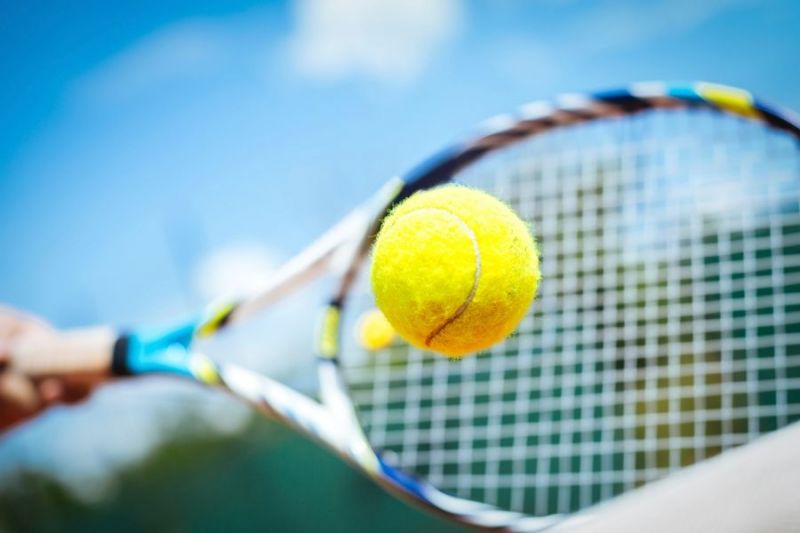If you’re really looking to up your tennis game, training on the courts will not suffice. Sure, you’ll be practicing your serving and backhand skills, but none of that matters if you’re lacking muscle strength and definition. The best thing you can do to improve your game, is to incorporate strength exercises into your training scheme. Here are five great strength exercises that will give you the power needed to kill on the courts!
Switch Your Tennis Ball for a Medicine Ball
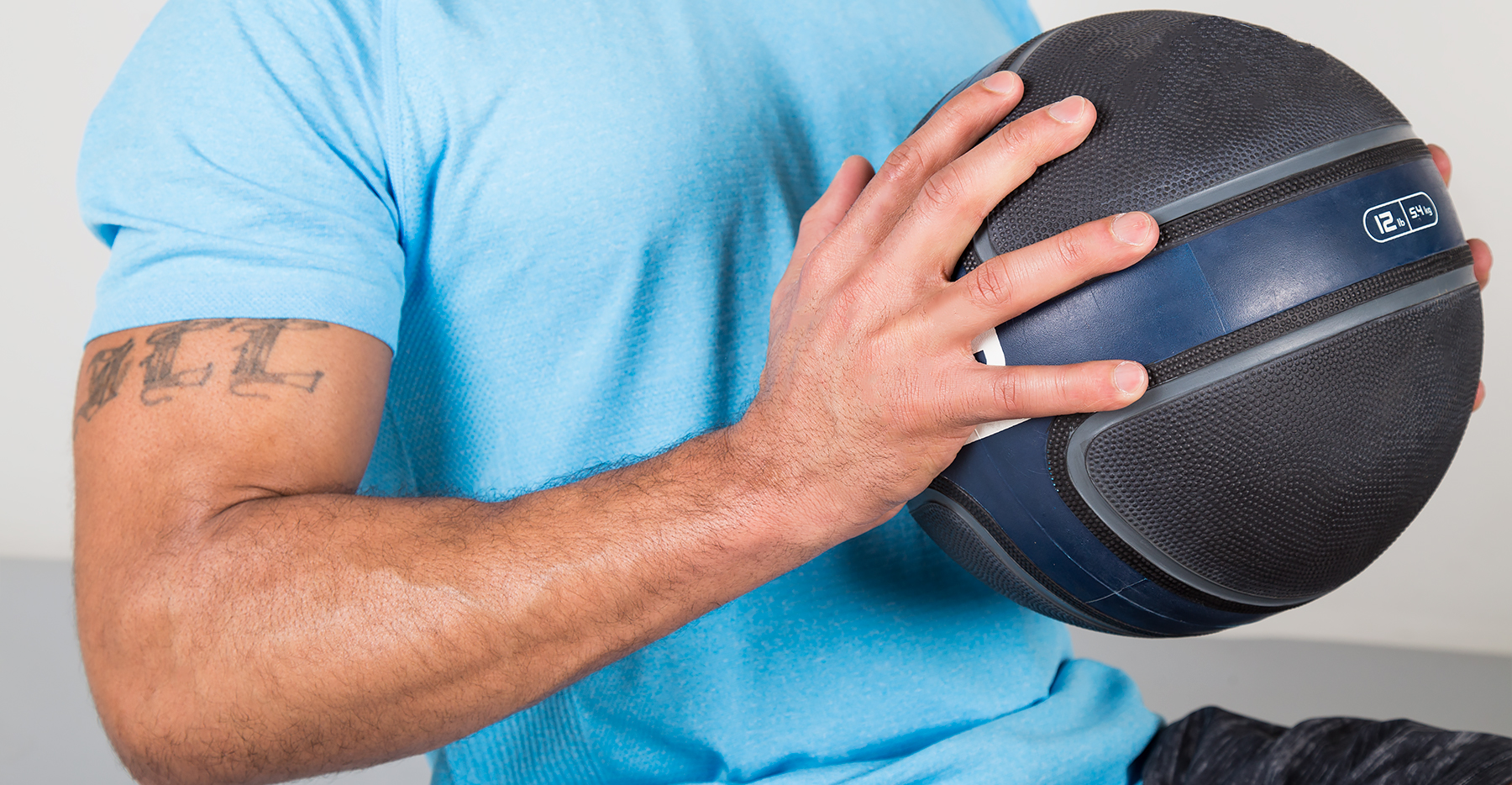
No – you obviously won’t be attempting to hit the medicine ball with your racket. Instead, you will use the medicine ball to strengthen your core, shoulders, chest and triceps by throwing it at the same time as executing an upper body twist. It may not sound like much, but this is a full-body workout pros like Nadal swear by. As you continue working with the ball, pay attention to building up speed and power – just avoid giving it too much too soon, you need to build up your strength in a responsible manner to avoid injuries. Once you’ve practiced this strength exercise for a few weeks, you may consider partnering up and throwing the ball over the net.
Roller/Ice-Skating
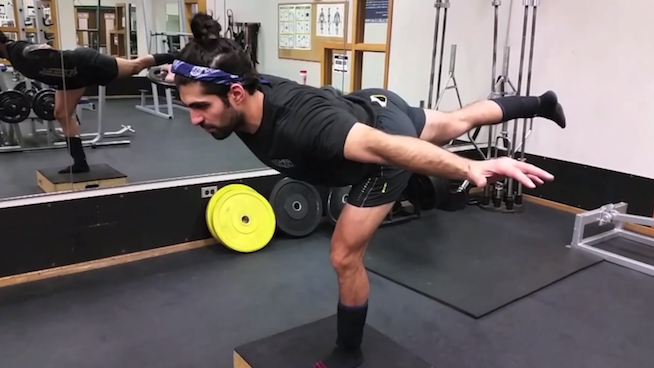
If you’re not into engaging in another extra-curricular activity – you know, next to your tennis training, matches and gym sessions – you can get almost the same results from pretending to roller or ice skate by doing the “skater” exercises at your local gym, at home or even on the courts, prior to a training session or a match. If you want the full-on experience and all the benefits it reaps, strap on your roller skates and hit the road. Alternatively, make the winter season more fun by regularly hitting the ice-skating rink with your friends. Imitating the skater moves on the floor of your living room or actually skating across the asphalt or ice will improve your cardiovascular fitness and agility.
Power Yoga
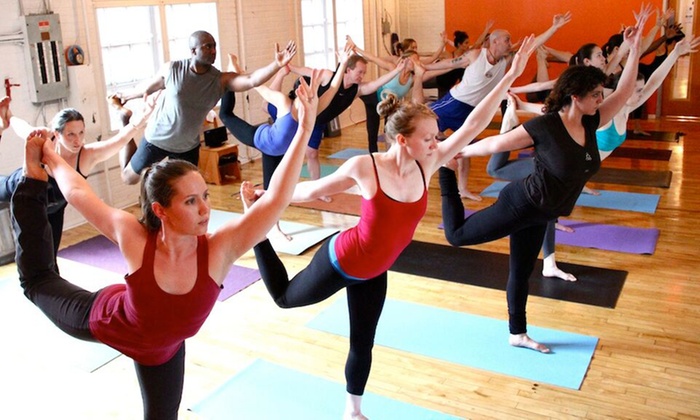
A lot of people think of yoga as a series of relaxation exercises matched with deep breathing, but there’s so much more to this ancient practice. It’s all about which school of yoga you are following: if you’re going to sign up for a Yin Yoga class, you won’t get much of a physical work-out; Yin Yoga is a gentle practice that focuses more on your mental well-being than it does on strengthening your muscles. Sign up for a Vinyasa or Ashtanga Yoga class, and you’ll be leaving drenched in sweat.
On the other hand, Power Yoga incorporates a lot of exercises you are probably practicing already – press ups (chaturanga), plank pose, lunges, etc. – only there is a lot more focus on the correct placement of your limbs and your breath cycle to ensure you are getting the most out of each pose without risking injury. Yoga is a full-body work-out and styles such as Vinyasa and Ashtanga will work all the most important muscle groups for tennis players, whilst simultaneously improving focus, balance and endurance through repetitive cycles and breath work.
Pilates Reformer
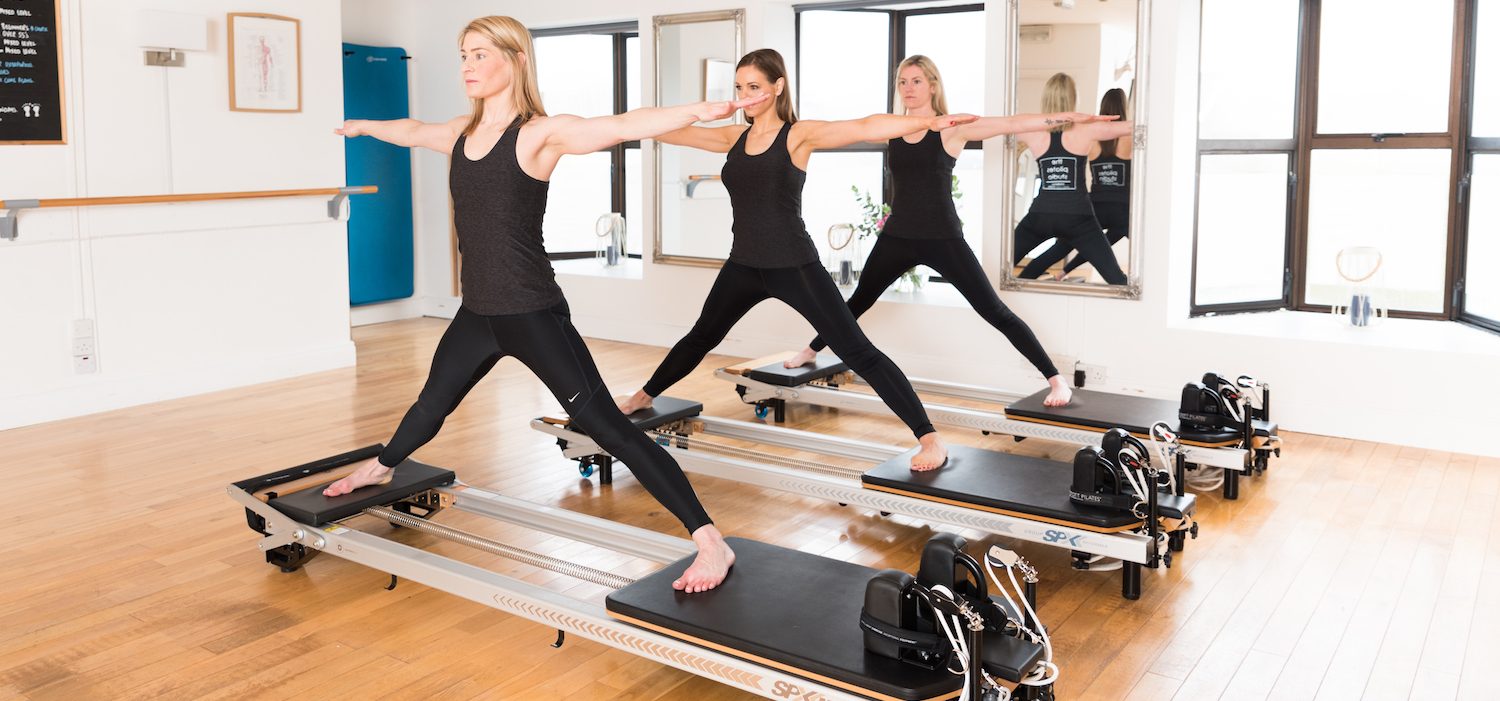
The core (our stomach muscles) is what Joseph Pilates called our body’s “powerhouse”, meaning, if your core is well-trained, chances are the rest of your body is fitter too. As is true for yoga, there are different schools of Pilates as well; there is the practice that requires nothing other than a mat, and there’s the practice that relies on the Pilates reformer to reap the most out of exercises you would otherwise do on the floor. The Pilates reformer is a machine that is made up of a sliding carriage with straps, springs and bars attached to it, which are all used to exercise your powerhouse. So instead of doing a round of circle training that will have you alternating between doing cable chest presses, single leg squats and rope climbing, you can opt for the all-in-one experience using the Pilates reformer.
Channel Your Inner Acrobat
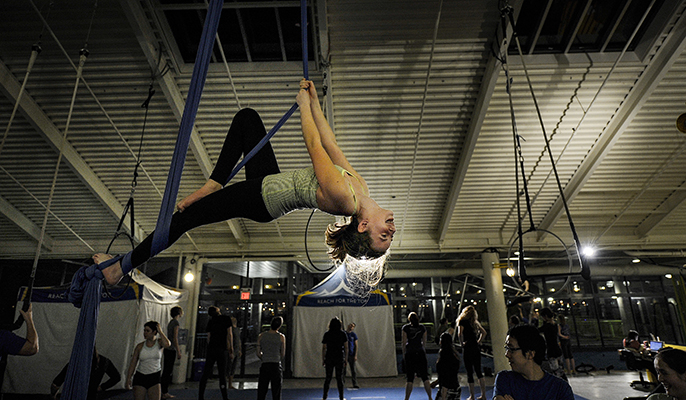
If you ever went to the circus when you were little, you can probably remember your amazement watching acrobats swinging from hoop to hoop high above the audiences and using their own and other people’s bodyweight to contort themselves into fascinating shapes. Becoming a successful – and above all, safe – acrobat, requires a lot of strength training seeing as an acrobat tends to work with his own body weight. If you’re looking to improve your own strength and are eager to explore other avenues of training, why not sign up for acrobatic lessons? Not only is this a playful way to get the best out of your strength training, it will also focus on all the major muscle groups you’ll be using during your next tennis match. Practicing handstands, balancing someone on your shoulders or legs – it may not seem like much in terms of strength training, but you’ll be surprised at just how much you’ll be aching when you try to bring your post-training pint to your lips!

